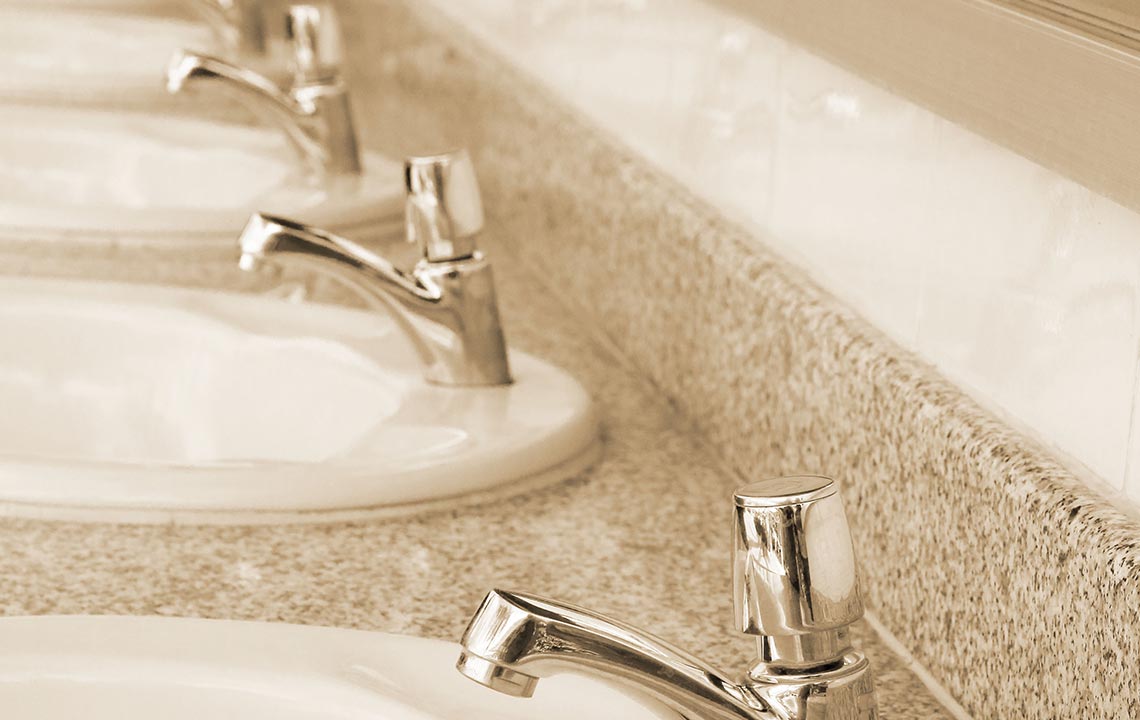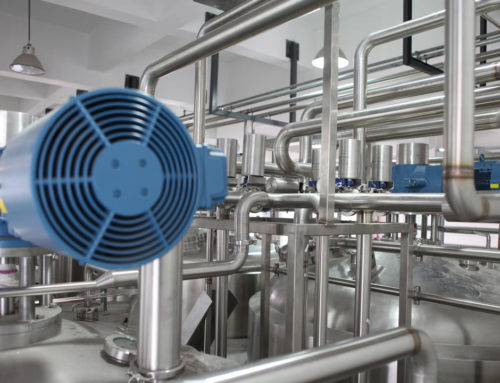How to Budget for Commercial Plumbing Renovations

Budgeting for commercial plumbing renovations requires careful planning and consideration to ensure the project meets your business needs, complies with regulations, and stays within financial constraints. Whether you’re upgrading plumbing fixtures, expanding facilities, or addressing maintenance issues, effective budgeting is essential for a successful renovation project. Here’s a comprehensive guide on how to budget for commercial plumbing renovations:
1. Assess Current Plumbing System
Before budgeting for renovations, conduct a thorough assessment of your current plumbing system. Identify existing issues, evaluate the condition of pipes, fixtures, and drainage systems, and determine areas that require upgrades or repairs. Consider hiring a licensed plumber or plumbing contractor to perform a detailed inspection and provide recommendations for improvements.
2. Define Project Scope and Goals
Clearly define the scope of your plumbing renovation project and establish specific goals. Determine whether you’re focusing on cosmetic upgrades, functional improvements, compliance with building codes and regulations, or addressing maintenance issues. Outline priorities based on your business needs and long-term objectives to guide budget allocation effectively.
3. Set a Realistic Budget
Create a detailed budget that encompasses all aspects of the plumbing renovation project, including materials, labor, permits, and contingency funds. Consider factors such as the size and complexity of the project, local labor costs, and the quality of materials. Obtain quotes from multiple contractors or suppliers to compare costs and ensure competitiveness.
4. Include Contingency Funds
Allocate contingency funds within your budget to account for unexpected expenses or unforeseen challenges that may arise during the renovation process. A typical contingency fund ranges from 10% to 20% of the total project cost and serves as a safety net to cover additional costs for changes in scope, delays, or unexpected repairs.
5. Prioritize Upgrades and Improvements
Prioritize plumbing upgrades and improvements based on critical needs, regulatory requirements, and potential return on investment (ROI). Focus on areas that directly impact operational efficiency, water conservation, energy savings, and customer experience. Consider implementing eco-friendly plumbing fixtures and technologies to reduce long-term operating costs and enhance sustainability.
6. Obtain Multiple Quotes
Seek proposals and estimates from reputable plumbing contractors or suppliers to compare pricing, services, and project timelines. Request detailed breakdowns of costs for materials, labor, permits, and any additional expenses. Choose contractors with relevant experience in commercial plumbing renovations and a proven track record of completing similar projects successfully.
7. Consider Long-Term Savings and ROI
Evaluate the potential long-term savings and ROI associated with plumbing renovations. Energy-efficient fixtures, water-saving devices, and advanced plumbing technologies can reduce utility bills, minimize maintenance costs, and enhance property value. Calculate projected savings over time to justify upfront investment in high-quality plumbing upgrades.
8. Plan for Permitting and Compliance
Factor in costs associated with obtaining necessary permits, licenses, and complying with local building codes and regulations. Work closely with your contractor to ensure all plumbing renovations meet safety standards, environmental requirements, and municipal guidelines. Budget for inspection fees and potential fines for non-compliance to avoid delays and legal issues.
9. Schedule Renovation Phases
Develop a realistic timeline for completing plumbing renovations based on project phases, contractor availability, and business operations. Coordinate with stakeholders, including tenants, employees, and customers, to minimize disruptions during construction. Establish milestones and deadlines to monitor progress and ensure timely completion of the project within budget.
10. Monitor Expenses and Adjust as Needed
Monitor expenses throughout the renovation process to track spending and stay within budgetary limits. Maintain open communication with contractors and suppliers to address any cost overruns or unexpected expenses promptly. Be prepared to make adjustments to the budget as necessary while prioritizing project goals and maintaining quality standards.
Conclusion
Budgeting for commercial plumbing renovations requires thorough planning, assessment of needs, and careful allocation of financial resources. By assessing your current plumbing system, defining project goals, setting a realistic budget with contingency funds, prioritizing upgrades, obtaining multiple quotes, considering long-term savings, planning for permitting and compliance, scheduling renovation phases, and monitoring expenses, you can successfully manage and execute plumbing renovations for your commercial property. Invest in high-quality materials, professional expertise, and sustainable plumbing solutions to maximize ROI, enhance operational efficiency, and ensure long-term reliability of your plumbing infrastructure.



